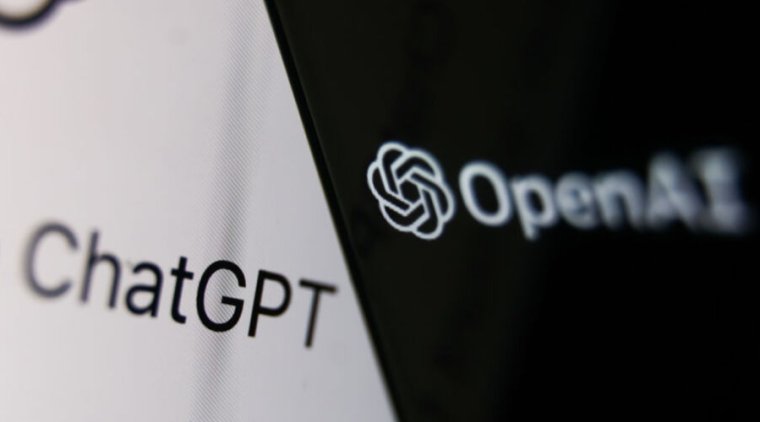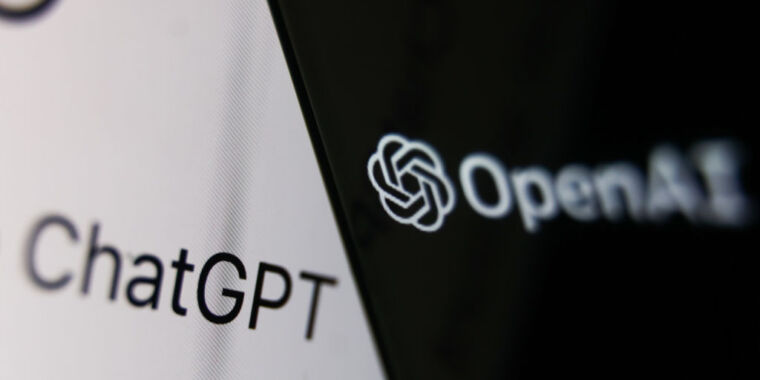
View Larger (source: Getty Images)
The Controversial Watermarking Tool at OpenAI
A recent report by The Wall Street Journal highlights ongoing debates within OpenAI regarding the potential launch of a watermarking feature designed to identify text generated by ChatGPT.
Understanding the Watermark Technology
This prospective tool aims to integrate subtle modifications within ChatGPT, enabling it to embed an imperceptible signature within its generated content. This signature would remain hidden from readers yet detectable by specialized software tools created for this purpose. Preliminary tests conducted by OpenAI indicate that these adjustments do not compromise output quality, with a promising accuracy rate of 99.9% in identifying system-generated text.
The Implications and Debate Among Employees
Within the organization, opinions diverge significantly; some staff advocate strongly for deploying this watermarking mechanism as a safeguard against potential misuse, while others oppose it on various grounds. Critics have pointed out specific issues that could arise from such an implementation, sparking intense discussions about ethical considerations and practical impacts.
The nature of this watermark is particularly noteworthy; since it’s integrated into the text itself, even actions such as copying or minor edits would not eliminate its presence—meaning users wouldn’t easily bypass detection if they were to share or modify AI-generated content.
This evolving situation at OpenAI reflects broader concerns regarding AI ethics and accountability in digital communication.
Read more about employees‘ perspectives and additional details on this subject in our extended coverage | Comments section available below.






